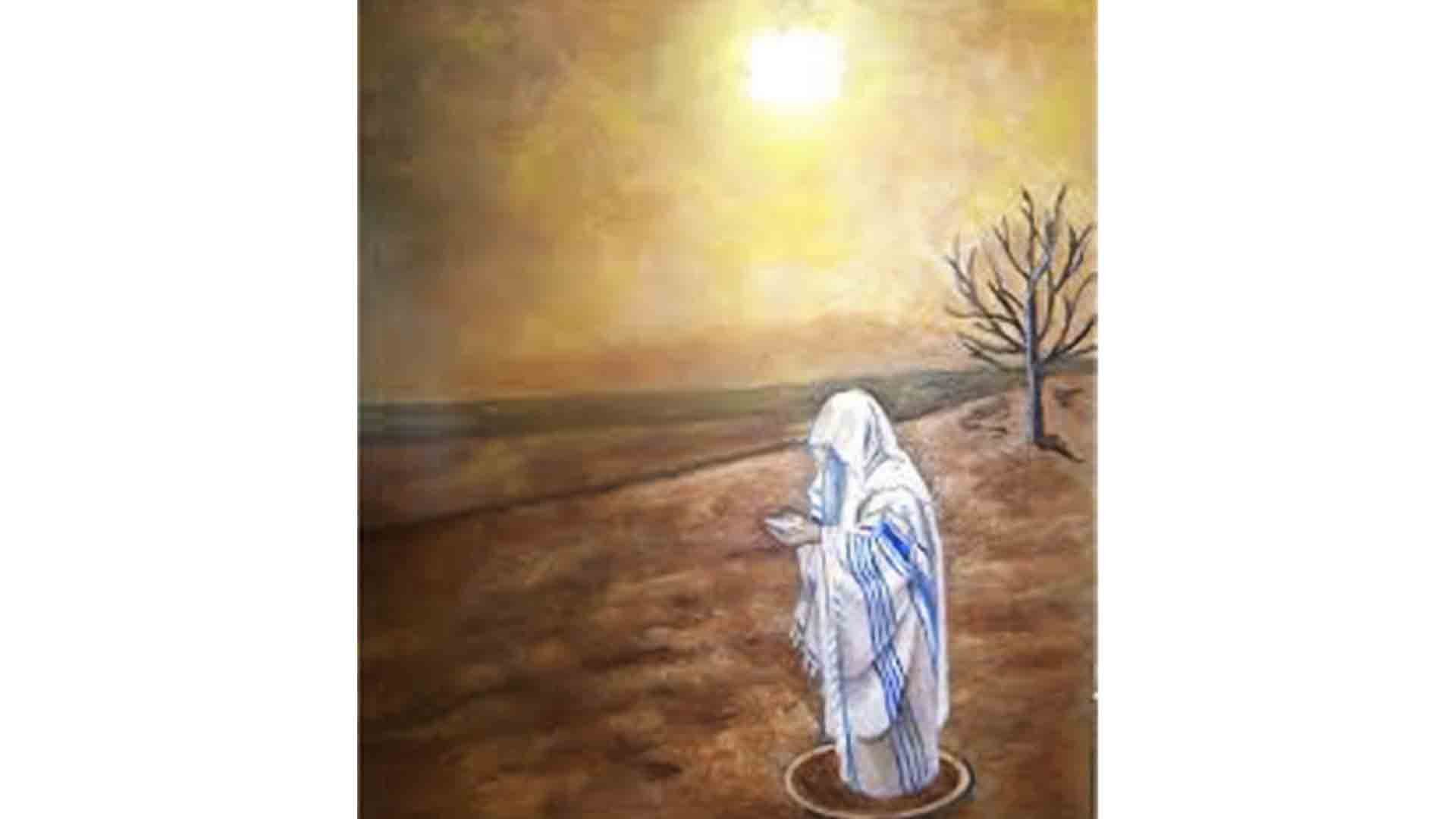For the source text click/tap here: Taanit 31
To download, click/tap here: PDF
In the final section of our masechta we explore the joy of the festival for which the daughters of Jerusalem would go out to the dance in the vineyards in borrowed white clothing (so that girls who were poor would not be embarrassed), calling out to the young men suggesting that they choose wives from among them.
Our Daf here concludes the Maseches by saying that in the future, Hashem will make a (machol) circle of Tzadikim.
The Shechinah will sit inside the circle, and the Tzadikim will point towards the center of the circle and declare, "This is my G-d, we will rejoice in His salvation."
This event is understood by the commentaries as referring to a mystical event rather than a physical one. Other midrashim will suggest that when Hashem offers them a cup of consolation (for all the suffering of Galut)
They will refuse it!!
We explore the notion of learning Torah by night as well as the incongruity for the rationale (for the 4th brocho in benching) for the burial of the victims of Beitar with the historical dates.




















